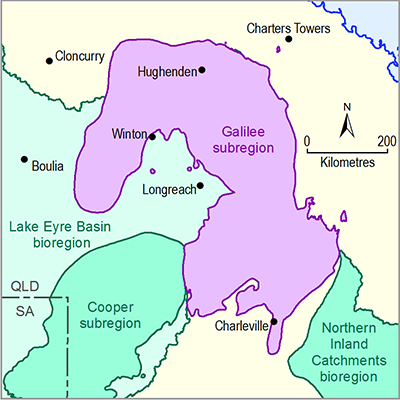The uncertainty analysis includes a qualitative assessment of the effect of model assumptions on the predictions as well as a quantitative evaluation of the parameter uncertainty on the predictions.
For each hydrological response variable, an ensemble of parameter combinations is selected from a large range of parameter combinations that result in an acceptable mismatch between historically observed hydrological response variables and simulated equivalents.
This ensemble of parameter combinations is used to calculate the maximum raw change, the maximum percent change and the year of maximum change for each hydrological variable at each model node.
A comprehensive sensitivity analysis is carried out to ensure that the parameters that can be constrained by the historical observations are the same as those the predictions are sensitive to.
In the qualitative uncertainty analysis, the rationale behind the major assumptions and their effect on predictions is discussed and scored. The assumption deemed to have the largest effect on predictions is the implementation of the coal resource development pathway (CRDP). The numerical predictions are only valid for the particular selection of CRDP developments chosen for assessment and for the corresponding mine footprints implemented in the model sequence.

